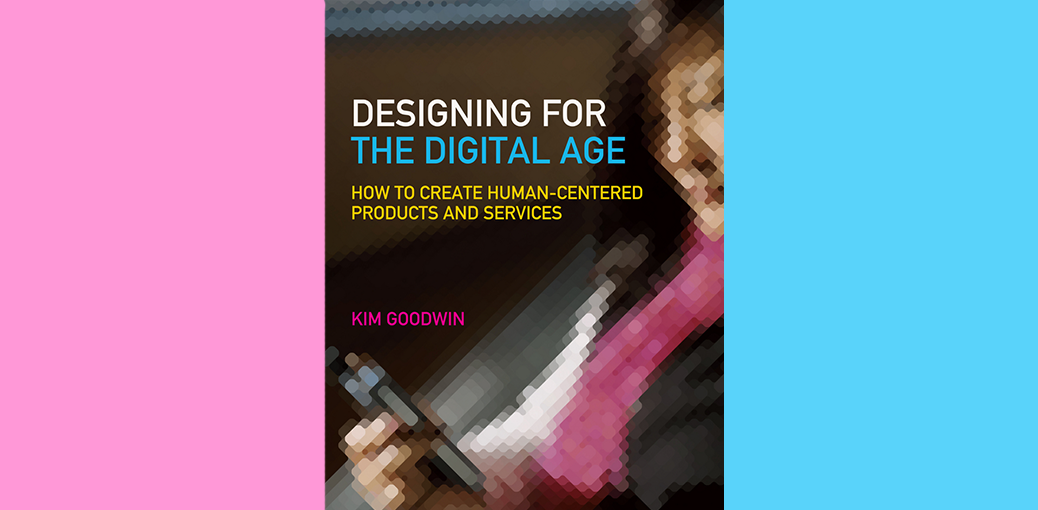This week’s reading is Goal-directed Product and Service Design (Chapter 1 of Designing for the Digital Age by Kim Goodwin).
Goodwin has broken down and presented to us a step-by-step methodology for effective project planning and execution. Although she writes in the context of design and business, we can extract many useful learning points that are applicable to other types of creative projects, even if they are non-commercial and lean closer towards art than design.
Goodwin expands on the common definition and scope of design. She goes beyond functional products and rightly includes services and experiences. Perhaps, all kinds of design should be viewed not as standalone products, but more broadly as experiences. When we think of a product, the hardware becomes a little irrelevant. Instead, we recall the memory and the good feelings associated with its use.
One of the models which Goodwin encourages brings to life the old saying ‘to walk in another’s shoes’. By thinking of how another user would view the same product, service or artwork, with a different set of memories, associations and skill set, we would gain a deeper understanding of what is lacking from our initial prototypes and proposals. For example, how would someone in a wheelchair, or someone with limited knowledge of technology interact with our art installation, service or game? Tweaking the experience for different types of users would make the work more accessible and inclusive.
Furthermore, interaction should influence design and functionality. Ideally, core ideas and interaction should not be compromised for ease of execution. Goodwin proposes a broad to narrow approach to design and ideation which I find very helpful. When starting on a new project idea, I often get bogged down by details and practical limitations. While these considerations are good, taking them into account in the early stages of the ideation process can be self-limiting and overwhelming, and may stomp out potential ideas. Instead, she suggests starting on a higher and broader level to work out a clear and simple core concept before banging out the details and execution.
After ideation, Goodwin also distinguishes and explains the three different design frameworks (interaction, visual and industrial design) and how they influence one another. This was very interesting as I often use a singular approach when designing devices and experiences (i.e. I try to make a ‘good’ experience without stating clearly what ‘good’ is or what factors make it ‘good’). However, dissecting this into distinct frameworks seems like a more holistic way to think of the same problem from different angles, ultimately creating a comprehensive view of our design goals and the intended user experience.
Some food for thought
Q1. Besides thinking about design and interaction from the perspective of different personas, what other models can we use specifically to create interactive art works?
Q2. Goodwin explains the goal-directed design process in the context of larger-scale projects with multiple stakeholders. How can we synthesise and streamline the goal-directed process to smaller projects?
